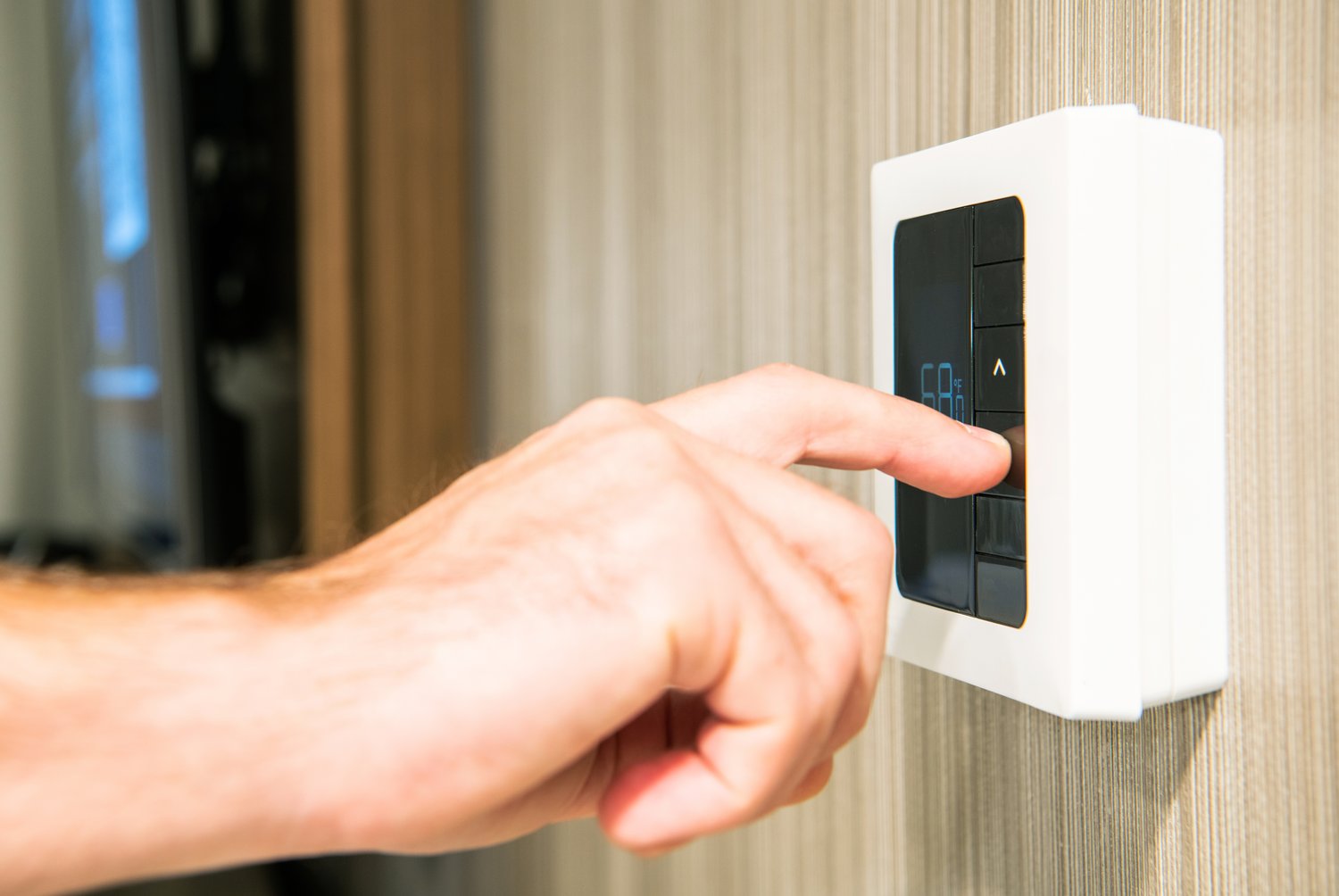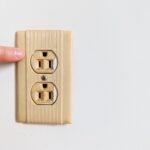In today’s connected world, where a smart home promises convenience and efficiency, encountering a smart light switch that refuses to respond can be a significant setback. Whether you’re trying to set the perfect mood or enhance security, your smart lighting plays a pivotal role. Navigating the complex web of WiFi connectivity and wiring issues is key to restoring its functionality and reclaiming your control over home lighting.
- Explore how your home’s network setup can impact the performance of smart devices like your light switch.
- Check if your smart light switch is compatible with your current WiFi configuration and assess signal strength for optimal performance.
- Understand the critical role of proper wiring and learn to identify common issues such as loose connections or outdated systems affecting your smart light switch.
By delving into both WiFi and wiring aspects, this article will empower you with practical solutions to get your smart light switch back on track, ensuring your smart home runs smoothly while avoiding future disruptions.
Understanding Your Home Network: Smart Light Switch Not Responding? WiFi and Wiring Troubleshooting Solutions
Having a solid foundation in how your home network is configured is essential when troubleshooting a smart light switch that isn’t responding. A well-structured network ensures seamless communication across all your smart devices, allowing them to perform optimally.
Common connectivity challenges often stem from router placement, outdated firmware, or network congestion. Ensuring your router is in a central location and free from obstructions can greatly enhance signal distribution throughout your home. Additionally, regularly updating your router’s firmware addresses security vulnerabilities and performance issues.
Optimizing your network for smart device compatibility involves setting up a guest network or using separate bands for different devices. This not only reduces interference but also boosts network efficiency, allowing for smooth communication between your smart light switch and the network.
Checking Device Compatibility and Signal Strength
Before delving into more technical troubleshooting, it is vital to confirm that your smart light switch is compatible with your current network setup. Different smart devices have varying network requirements, including those pertaining to network bands and security protocols.
Monitoring signal strength and interference is crucial for ensuring device responsiveness. Using a WiFi analyzer app, identify weak spots within your home where signal strength may drop. Addressing these areas by repositioning the router or adding a WiFi extender can dramatically improve device connectivity.
Interference from other electronics, like microwaves or cordless phones, can degrade signal quality. Minimizing the presence of such devices near your router can help maintain a strong, stable connection, facilitating better performance from your smart light switch.
Wiring Considerations: Smart Light Switch Not Responding? WiFi and Wiring Troubleshooting Techniques
Tackling the issue of an unresponsive smart light switch requires a deep dive into the electrical aspects that may be causing disruptions in connectivity. Proper wiring is indispensable for ensuring your smart light switch functions as intended, bridging the gap between technological innovation and practical utility in your home.
Common Wiring Issues
One of the frequent culprits behind a smart light switch not responding is loose connections. These can severely limit the flow of electricity, causing intermittent functionality or complete failure of your device. Carefully inspect the connections to guarantee they are secure and that no wires are frayed or damaged.
Another vital consideration is the quality of your existing electrical infrastructure. Outdated electrical systems may not support the demands of modern smart home devices. It’s crucial to verify that your wiring meets the requirements necessary for your smart light switch to operate efficiently. If your system utilizes older wiring, it may be necessary to consult a professional electrician to upgrade your infrastructure.
Importance of a Neutral Wire
Smart light switches often require a neutral wire to function properly. Ensure that your electrical box includes a neutral wire, as lacking one could hinder installation or operation. If missing, consider consulting an expert to help install this crucial component, enabling you to maximize the capabilities of your smart light switch.
These wiring considerations are fundamental to troubleshooting why a smart light switch may not be responding. By addressing these potential hurdles, you can effectively mitigate issues and enhance your smart device experience. Regular inspection and maintenance are recommended to sustain optimal performance and prevent future malfunctions.
Smart Light Switch Troubleshooting FAQ
Why is my smart light switch not connecting to WiFi?
Ensure your WiFi network is running on a 2.4GHz frequency. Check for strong signal and minimize interference.
How do I know if my smart switch is compatible with my network?
Check the device’s specifications to confirm compatibility with your router’s frequency and security settings.
What should I do if the light switch suddenly stops responding?
Restart your router and smart switch. Ensure there are no loose connections and that the firmware is up to date.
Can outdated wiring affect my smart light switch?
Yes, outdated or faulty wiring can disrupt connectivity. Check wiring integrity and consider professional inspection.
What role does signal strength play in my smart light switch’s performance?
Weak signal can cause delays or disconnections. Position your router closer to the switch or use a WiFi extender.





